In two minutes, I will tell you the story of one of the artists of the Renaissance, creator of masterpieces such as the “The Birth of Venus” and “Primavera.”
He was one of the first Renaissance artists, capable of representing his ideals in works such as The Birth of Venus and Primavera. These paintings were masterpieces of elegance and beauty, inspired by the classical world of ancient Greece and of the Roman empire. He was one of the most important artists in the court of Lorenzo the Magnificent, lord of Florence who loved to surround himself with artists and men of culture.
In this article I tell you the story of Sandro Botticelli. I’ll do it in two minutes, listing the main points of his life and of his career as an artist.
BIOGRAPHY AND WORKS OF BOTTICELLI: SUMMARY IN TWO MINUTES (OF ART)
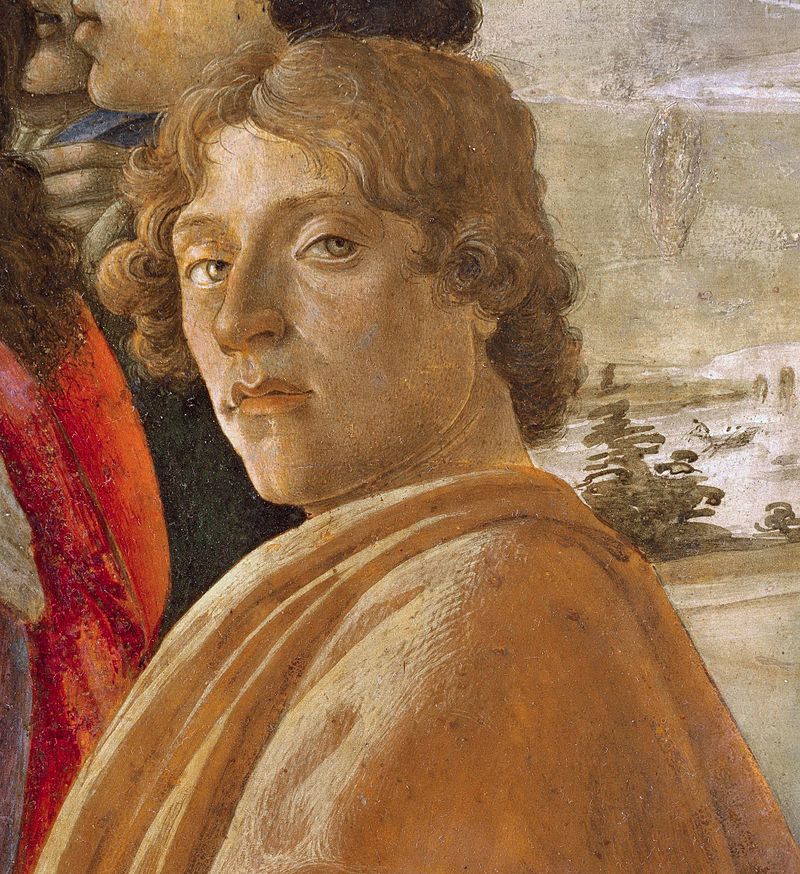
Who is Sandro Botticelli?
1. Sandro Botticelli (born in Florence, 1445 – died in Florence, 1510) was one of the greatest painters of the Italian Renaissance. The surname “Botticelli” derives from the nickname (little barrel) first given to his brother Giovanni, and later applied to all the males of the family.
Workshops of Filippo Lippi and Verrocchio
2. From 1464 to 1467 he worked as an apprentice in the workshop of the artist Filippo Lippi. It was in that period that Botticelli began to paint one of his favorite subjects: the Madonna. One example was the beautiful painting Madonna with the Child and Two Angels. (1468).
Subsequently, Botticelli was a disciple of Andrea Verrocchio, a famous Florentine artist, at whose workshop another talented young painter was also practicing: Leonardo da Vinci.
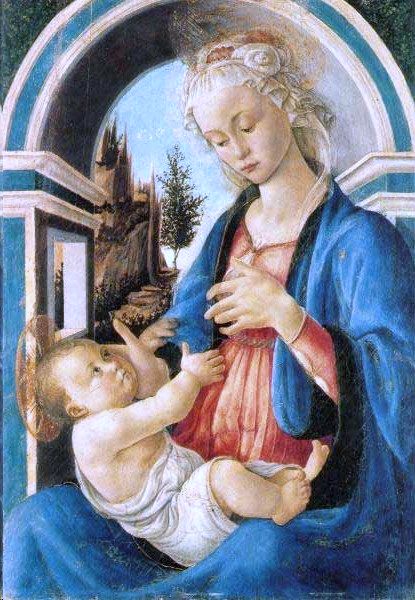
At the court of the Medici
3. In the 1470s, Sandro Botticelli became part of the Neoplatonic Academy, an institution founded by Cosimo de’ Medici, patriarch of the Medici, a rich family of bankers who dominated the political life of Florence in the 16th century.
The Medici played a fundamental role in the development of the arts in the Renaissance, thanks to the financial support they provided to the artists of the city. The Academy itself played a key role in defining Renaissance philosophy, promoting the rediscovery of Greek mythology and of the artists of the classical world which had been forgotten during the centuries of the Middle Ages.
Painting: The Adoration of the Magi
4. Botticelli’s adherence to the principles of the Academy allowed him to be admitted to the court of Lorenzo the Magnificent who commissioned him to create various works. The most famous is The Adoration of the Magi (painting of 1475).
In the painting Botticelli portrayed the members of the Medici family as the people in the work. In fact, it was a custom at the time to include the gentlemen who commissioned the work among the characters in the painting. What not everyone knows, however, is that the boy’s face to the right of the painting looking defiantly at the observer seems to be a self-portrait by Botticelli himself.
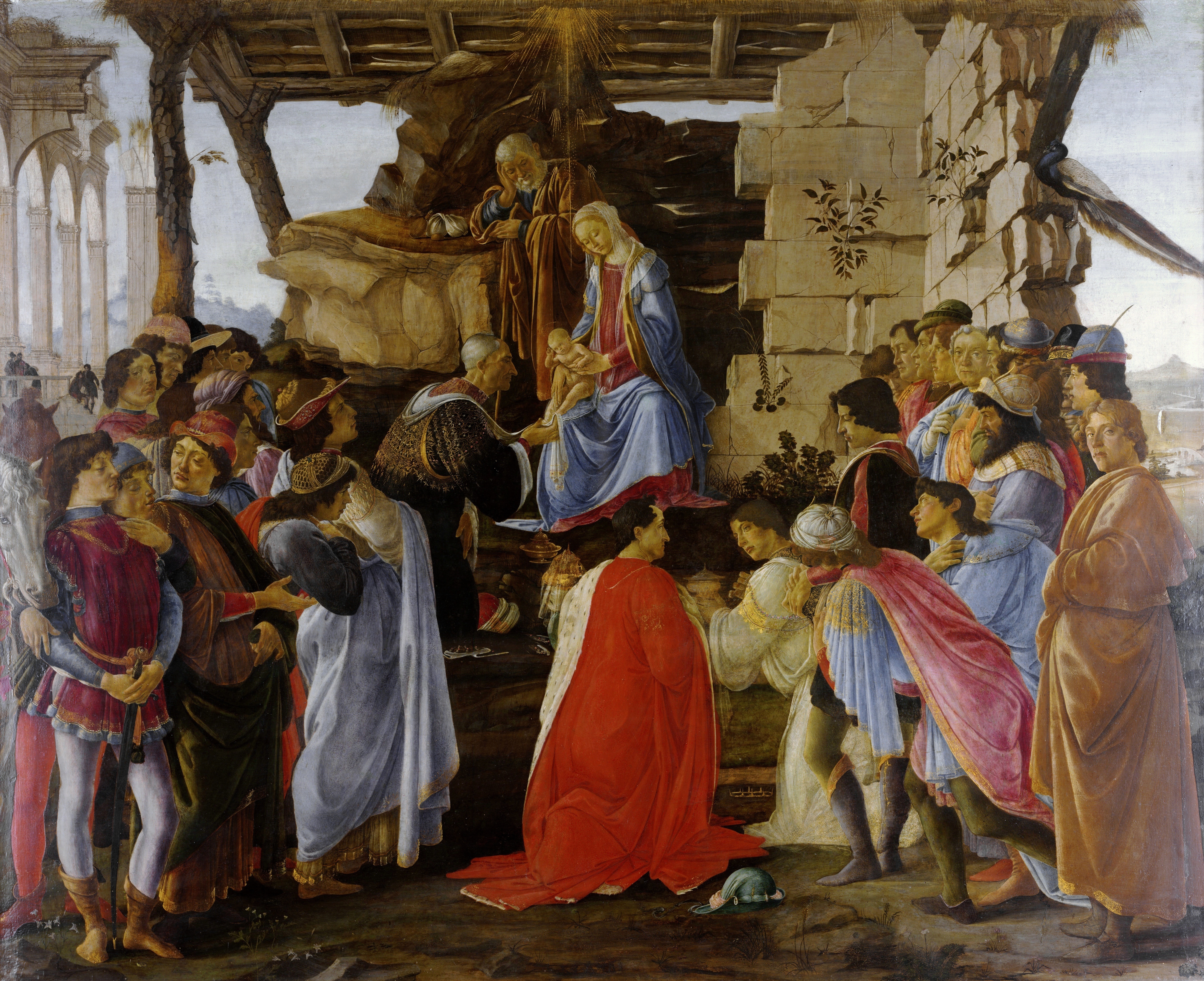
Paintings: The Birth of Venus and Primavera
5. It was in the eighties of the fifteenth century that Botticelli painted his best-known masterpieces: Primavera (c.1482) and The Birth of Venus (1482-1485). It is possible to admire both works at the Uffizi Gallery in Florence.
6. To be fussy, the beautiful Venus of Botticelli actually has imperfections. She has no shoulder blades, no sternum, the bust is too long and the navel is too high. She probably wouldn’t last long in the real world (a bit like Barbie). But who pays attention to these details in the presence of a face of incomparable beauty?
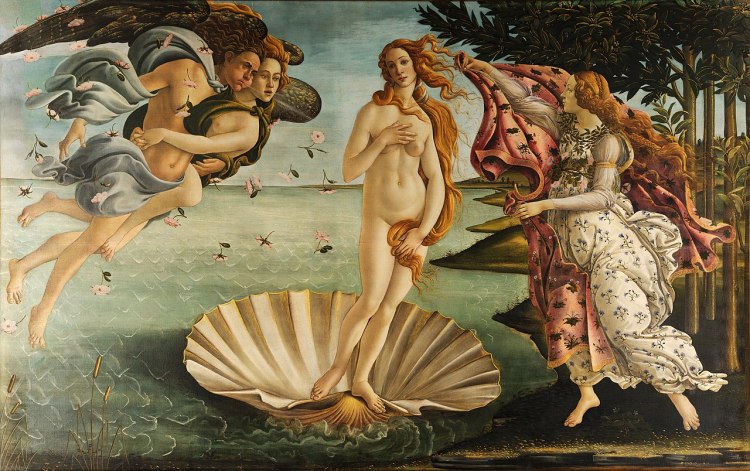
Botticelli and the search for beauty
7. What is striking about Sandro Botticelli’s paintings is his continuous search for perfect beauty and grace. His works are imbued with a lyricism that make subjects more like creatures of an ideal world, rather than faithful representations of reality.

Botticelli and the Sistine Chapel
8. Sandro Botticelli also contributed to the frescoing of the Sistine Chapel. In 1480 he was sent to Rome by Lorenzo the Magnificent together with the artists Cosimo Rosselli, Domenico Ghirlandaio and Pietro Perugino, as “ambassadors” of Florentine art. The four had the task of frescoing the walls of the chapel with ten scenes depicting the stories of the life of Christ and Moses.
Botticelli painted three frescoes. They are not among the most famous among those you can admire in the Sistine Chapel, but are still works of great value.
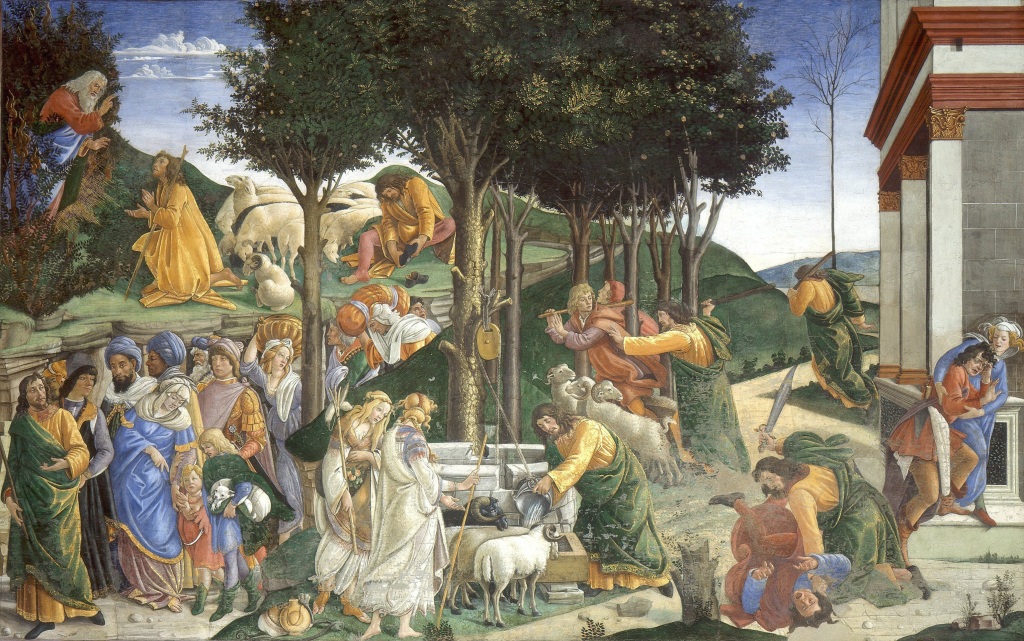
9. Sandro Botticelli’s life changed abruptly with the fall of the Medici and the seizure of power by the friar Girolamo Savonarola in Florence in 1494. During these years the artist devoted himself exclusively to sacred art.
The art historian Giorgio Vasari wrote that Botticelli in those years was taken by a real religious fervor that pushed him to burn some of his older works because he considered them sacrilegious.
10. In the last years of his life Botticelli fell out of favor. His works lost value, surpassed by those of Michelangelo and Leonardo, which were more innovative and revolutionary for the time.
Botticelli died in 1510, isolated and in poverty. His masterpieces were completely forgotten for over three centuries, to be rediscovered only in the nineteenth century.
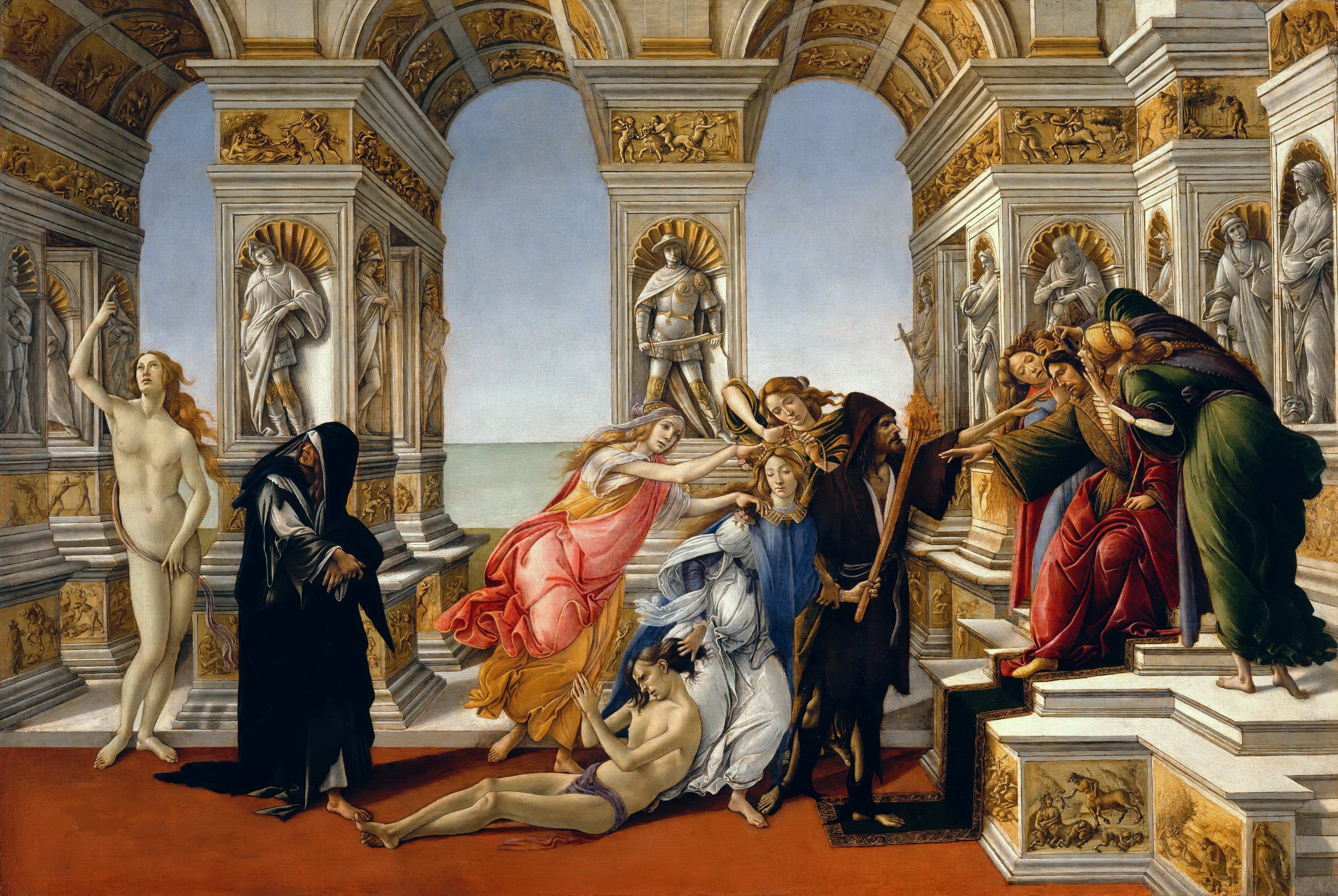
From: www.dueminutidiarte.com

3 thoughts on “Botticelli: life and paintings | summary in 10 points”